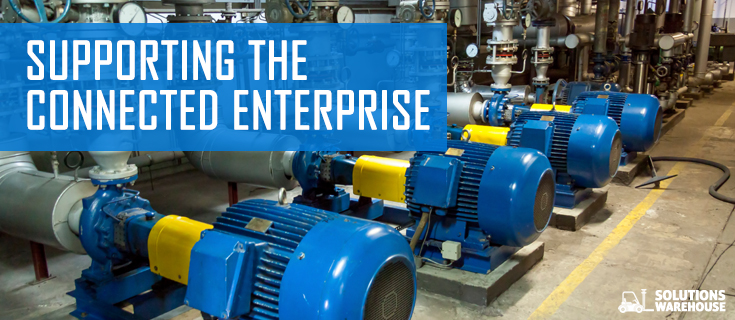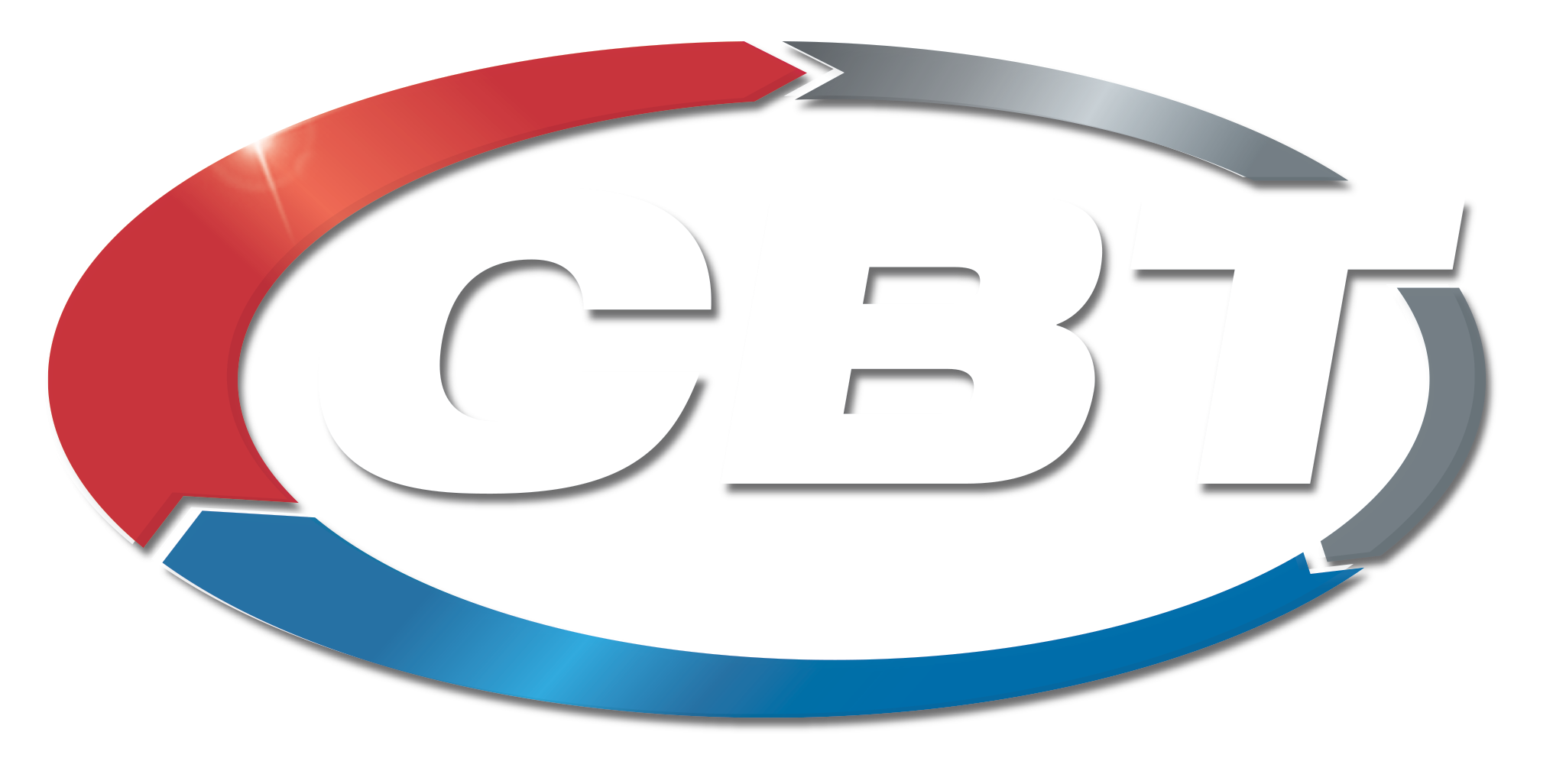
Global market demands and government regulations are fostering the need for more efficient drives that also collect data to measure and reduce power consumption.
Recent years have seen a shift toward energy efficiency as a way to reduce industrial costs. Legislation also has pushed for meeting emissions targets and ecological needs as the world’s natural resources bear the strain of the rapid growth of the global consumer market. There are 300 million motors in use in industry, infrastructure, and large buildings, and that figure is increasing by around 10 percent (30 million drives) per year. According to the U.S. Department of Energy, consumption by manufacturers worldwide is projected to increase by 75% between 2010 and 2030. The world is becoming more, not less, thirsty for energy, and efficiency is becoming increasingly important. To help address this, any drives vendor in the European Union (EU) now must comply with the Ecodesign of Energy Related Products Directive 2009/125/EC. The legislation was developed in part by listening to equipment vendors through the EU’s “technical working groups,” and as such, the industry had an opportunity to provide input to the final directive. These developments are, of course, welcome, but it’s also important that users understand the environmental imperative and business case for reducing energy usage to have a sustainable business model in a competitive global economy. It would be bad for a business to lose ground to more efficient manufacturing from elsewhere in the world.
Drives Support Energy Efficiency, Competitiveness
The introduction of the Ecodesign Energy Related Products Directive is the legislative approach to helping make manufacturing both energy efficient and competitive. By making products more efficient, it stands to reason that the industries that use those components also will become more efficient. While it’s widely understood that variable-speed drives, for example, are vastly more efficient than older single-speed drives that use valves or dampers, modern drives can collect output data that allow managers to understand exactly what a particular drive is using. As the adage goes, ”You can’t control what you can’t measure.” What we’re seeing more of now, in the world of the modernConnected Enterprise empowered by the use of EtherNet/IP™, is how data joined together from across the plant can offer many more ways to measure and reduce power consumption.
What The Connected Enterprise Does
Capturing data available from modern drives and other systems on operational technology (OT) is fundamental to the Connected Enterprise approach, but data without context is not an asset. To get the best from data collected and transform it into actionable information, it needs to be visualized in the Information Technology (IT) function of the business.
Management of key performance indicators (KPIs) such as energy usage become simpler with data visualized and accessible, not only on the plant floor, but throughout the company, and in real-time, to the decision-makers capable of turning this information into quantifiable productivity improvements. This highlights another fundamental aspect of The Connected Enterprise and its ability to enable smart manufacturing initiatives, including Industry 4.0. It’s a process of ongoing review and assessment; a culture of marginal incremental gains based on information that can drive continuous improvement and better efficiency so that industrial firms can remain sustainable and competitive in the global market. With a further 1 billion consumers widely predicted by 2020, there is a rapidly growing global market to service — which is a fantastic opportunity. However, with energy becoming more of a commodity than ever before, only the fittest will survive. To exploit this opportunity, now is the time for industrial firms to concentrate its energies on connecting the enterprise to unlock full production efficiencies through both process optimization and energy reduction. Rockwell Automation Field Business Leader, Drives, Jonathan Smith originally wrote this post for The Journal. Learn more about drives and motors from Rockwell Automation.












